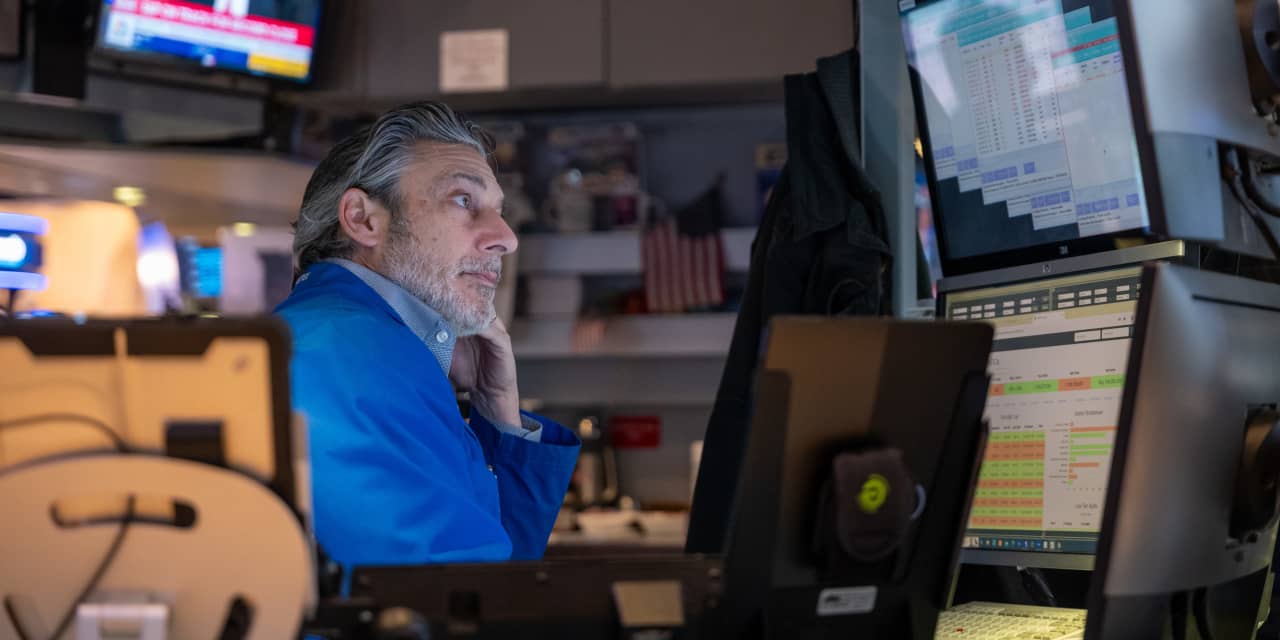With the
S&P 500
hitting a record close on Friday on the strength of Big Tech, it seems like déjà vu all over again. Yet it would be naive to assume that 2024 will be a repeat of last year.
The S&P 500 ended last week at 4,839.81, putting it up 1.5% since the start of the year. That’s good news for bulls, of course, but even they have a hard time arguing that the index is cheap after its 2023 rally and recent gains. The index’s price-to-earnings ratio has hovered around 20 times expected forward earnings.
That might have been easily shrugged off in the past, but Stifel argues that valuation is about to become a far more important consideration for investors. As Chief Equity Strategist Barry Bannister writes, “If the 2010s inflation ceiling is now the 2020s floor, it will have a large impact on valuation.”
This isn’t a new concern: Bannister has previously argued that higher-for-longer interest rates will weigh on equity multiples more heavily than investors have become accustomed to in recent years, keeping a lid on S&P 500 gains, perhaps for a yearslong period.
He notes on Monday that on an equal-weighted basis, the S&P 500’s forward price/earnings multiple isn’t too far above its prepandemic average of 16 times, as it corrects for Big Tech’s worryingly big multiples.
The upshot is that while the index does look priced to perfection—a problem given that Bannister sees persistent inflation dashing hopes of big interest-rate cuts this year, and potentially weighing on the economy—that does leave an opening for some other, less-expensive sectors to outperform.
Bannister thinks that cyclical value plays such as banks, capital goods, energy, financial services, insurance, materials, real estate, and transports, will be the beneficiary of this dynamic, outperforming the broader market in the first half of the year.
“In the first half of 2024 we forecast increasing investor confidence in economic growth and sticky inflation, with inflation actually bouncing up in the first half to the detriment of rate cut views and high-P/E Growth,” he writes. “The economic growth now embodied in cyclical growth (Big Tech) is too high, and in cyclical value too low.”
Bannister has previously been more cautious in his outlook than other strategists, given his belief that interest rates will stay higher for longer, and sees the S&P 500 pulling back somewhat, to 4,650 by midyear.
Yet there are other voices of concern as well. Putting aside risks from geopolitics and the upcoming presidential election, there is also the argument that the true impact of higher interest rates has yet to be felt, potentially manifesting in a recession.
That said, there are plenty of voices arguing that the next recession will be a mild one, and not necessarily slow down stocks too much.
For his part, Bannister thinks a recession has only been delayed rather than avoided, although he doesn’t see the market bouncing back quite so quickly.
Still, if a breather in Big Tech allows some other sectors to play catch-up, the market may not advance as quickly as it did on the back of its biggest components, but it will allow for more winners.
Write to Teresa Rivas at teresa.rivas@barrons.com
Read the full article here













Leave a Reply